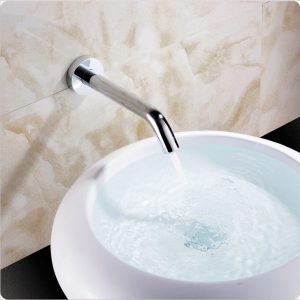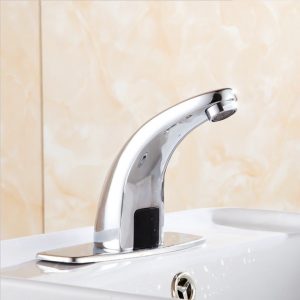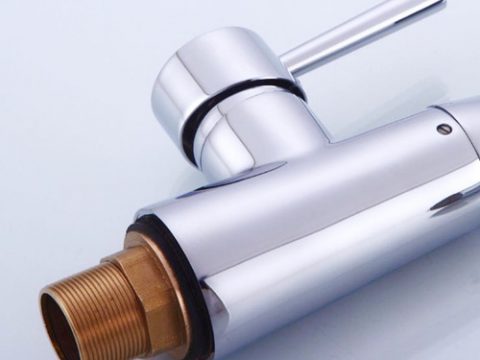- Contact us now!
- +86 18868944843
- ken@nbthe.com
The science behind wool sock insulation
Wool sock insulation relies on the natural properties of wool fibers to provide effective thermal insulation. Wool is a remarkable material with several unique characteristics that make it suitable for use as insulation:
- Thermal Insulation: Wool is an excellent insulator because it traps air within its fibers. Air is a poor conductor of heat, and when it is trapped in the small spaces between wool fibers, it forms a thermal barrier. This helps to slow down the transfer of heat, keeping the feet warm in cold conditions.
- Moisture Management: Wool has the ability to absorb and release moisture vapor from the surrounding environment. It can absorb up to 30% of its weight in water without feeling damp, helping to wick away moisture from the skin. This is crucial in cold conditions, as moisture can significantly decrease the insulating properties of other materials like cotton.
- Natural Water Resistance: While wool can absorb moisture, the surface of wool fibers has a natural water-repellent layer that helps to keep external moisture, such as rain or snow, from penetrating the fabric. This property ensures that the insulating ability of the wool is maintained even in damp conditions.
- Breathability: Wool is highly breathable, allowing air and moisture to move through the fabric. This feature helps regulate temperature and prevents overheating when wearing wool socks.
- Durability: Wool fibers are resilient and can maintain their insulating properties even after repeated compression and use. This is essential for socks, as they need to withstand constant wear and washing.
- Odor Resistance: Wool has natural antibacterial properties, which help to resist the buildup of odor-causing bacteria. This makes wool socks ideal for extended wear without developing strong odors.
- Renewable and Sustainable: Wool is a renewable resource as it comes from sheep, which can be shorn annually without harming them. It is also biodegradable, making it an environmentally friendly choice for insulation materials.
When these properties are combined, wool becomes an excellent choice for insulating socks, providing warmth, comfort, moisture management, and odor control in a variety of outdoor activities and cold weather conditions.







